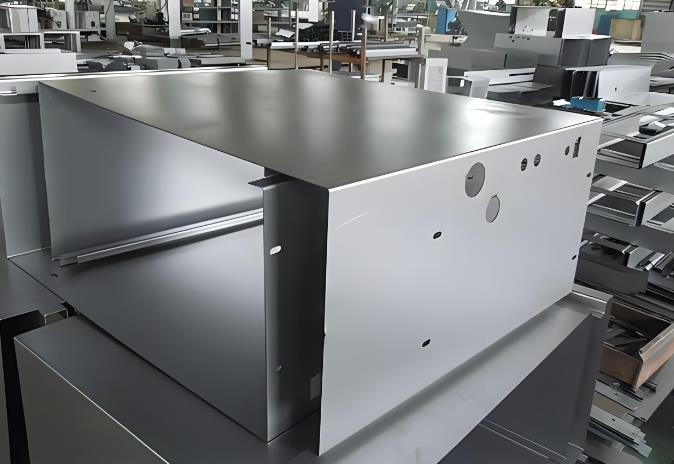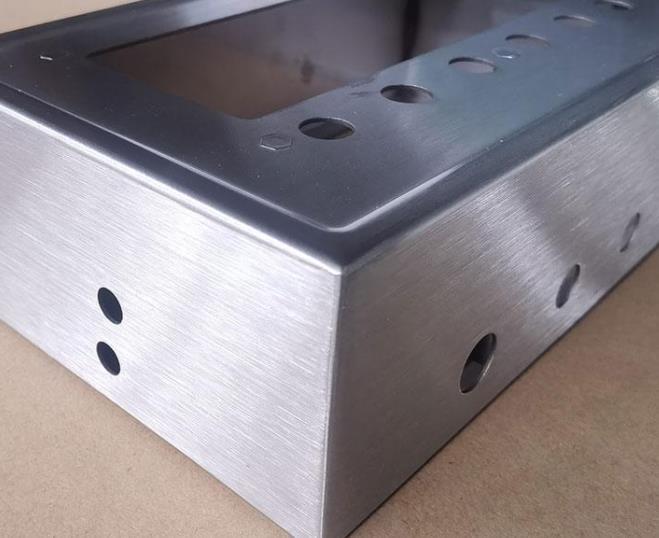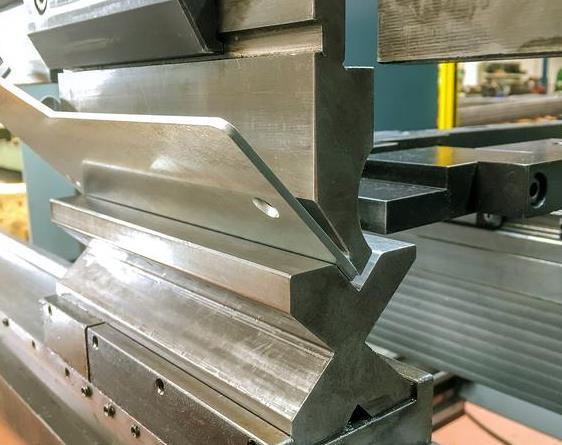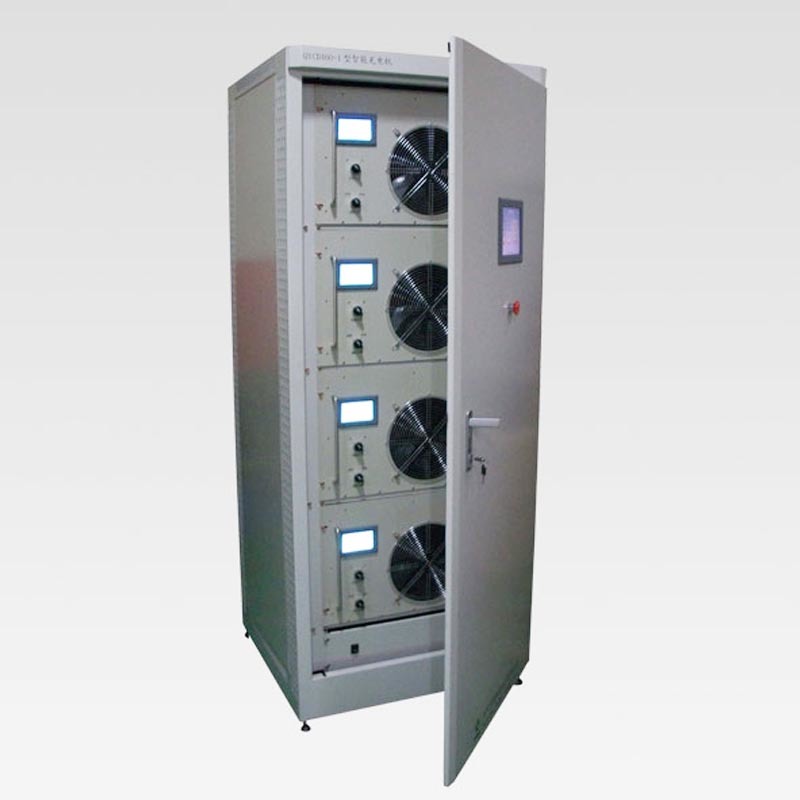What is sheet metal processing?
Release time:
2025-01-03
【Summary】Sheet metal processing is a comprehensive cold processing technology for metal sheets (usually below 6mm). The following is a detailed analysis: 1. Definition and Characteristics Definition: Sheet metal processing includes various processes such as shearing, punching, bending, welding, riveting, mold forming, and surface treatment. Characteristics: The thickness of the processed parts remains consistent.
Sheet metal processingIt is a comprehensive cold processing technology for metal sheets (usually below 6mm), and the following is a detailed analysis of it:
I. Definition and Characteristics
- DefinitionSheet metal processing includes various processes such as shearing, punching, bending, welding, riveting, mold forming, and surface treatment.
- CharacteristicsThe thickness of the processed parts remains consistent.
II. Main Materials and Selection Principles
-
Main Materials:
- Cold-rolled sheet (SPCC)Low cost, easy to form, mainly used for electroplated and baked paint parts, with a material thickness usually not exceeding 3.2mm.
- Hot-rolled sheet (SHCC)Low cost, but difficult to form, mainly used for flat parts, with a material thickness usually greater than or equal to 3.0mm.
- Galvanized sheet (SECC, SGCC)SECC is made from cold-rolled steel coils, processed through degreasing, pickling, electroplating, etc.; SGCC is made through hot-dip galvanizing.
- CopperMainly used for conductive parts, surface treatment can be nickel-plated, chrome-plated, or untreated, with a higher cost.
- Aluminum sheetCommon surface treatments include chromate, oxidation, etc., and can also be silver-plated or nickel-plated, with a higher cost.
- Stainless steelGood corrosion resistance and heat resistance, excellent mechanical properties, no heat treatment hardening phenomenon.
-
Selection PrinciplesChoose suitable materials based on product applications and cost considerations.
III. Process Flow
The process flow of sheet metal processing varies due to differences in the structure of sheet metal parts, but usually includes the following steps:

- Drawing ReviewAn important step before writing the process flow of parts, including checking whether the drawings are complete and whether the annotations are clear.
- BlankingUsing a shearing machine or laser cutting machine to cut the sheet to the corresponding size. Laser cutting has advantages such as high precision, strong automation flexibility, and a wide range of applicable materials.
- Punching/CuttingProcessing the sheet with punching, deep drawing, riveting, etc., with required equipment including a press, riveting machine, etc.
- Bending/RollingBending and rolling the sheet, with required equipment including a bending machine, rolling machine, etc. Modern workshops have also introduced efficient equipment such as automatic bending machines and robotic arms.
- WeldingJoining sheets to form sheet metal parts, with required equipment including arc welding machines, resistance welding machines, spot welding machines, etc. Robotic arms can also be used for automated welding.
- Surface TreatmentPerforming surface treatments such as electroplating, painting, oxidation, etc., on sheet metal parts as needed.
IV. Applications
Due to its flexibility and wide range of applications, sheet metal processing is widely used in various industrial fields:
- Manufacturing of machinery and equipmentSuch as machine tools, semiconductor equipment, automation equipment, etc.
- Automotive industryManufacturing of components such as car bodies, chassis, engines, etc.
- Electronics and electrical industryManufacturing of various electronic product casings, brackets, and other components.
- Construction industryManufacturing of building components such as doors, windows, curtain walls, roofs, etc.
V. Development Trends
With the continuous advancement of technology and the rapid development of industry, the sheet metal processing industry also faces new development opportunities and challenges. For example, combining with 3D printing technology to achieve rapid prototyping and customized production of metal sheet parts. This will further promote the development and innovation of the sheet metal processing industry.
In summary, sheet metal processing is an important metal processing technology with broad application prospects and development space.
TAG:
RELATED INFORMATION
2025-01-20
How much do you know about stainless steel sheet metal processing?
2025-01-18
What are the inspection standards for sheet metal processing chassis and cabinets?
2025-01-17
What are the main processes of sheet metal processing?
2025-01-16
What is the process flow of the chassis cabinet?
FAX
ADD
Gengguantun Industrial Development Zone, Qingxian County, Hebei Province, China

WeChat applet





